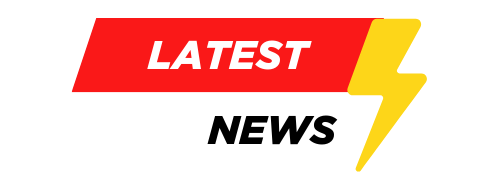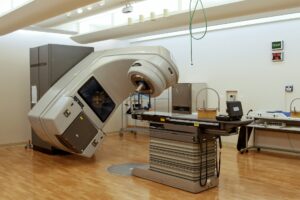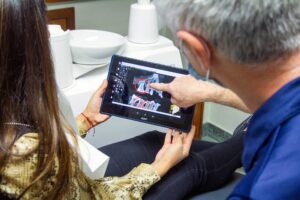The Internet of Medical Things (IoMT): Revolutionizing Healthcare
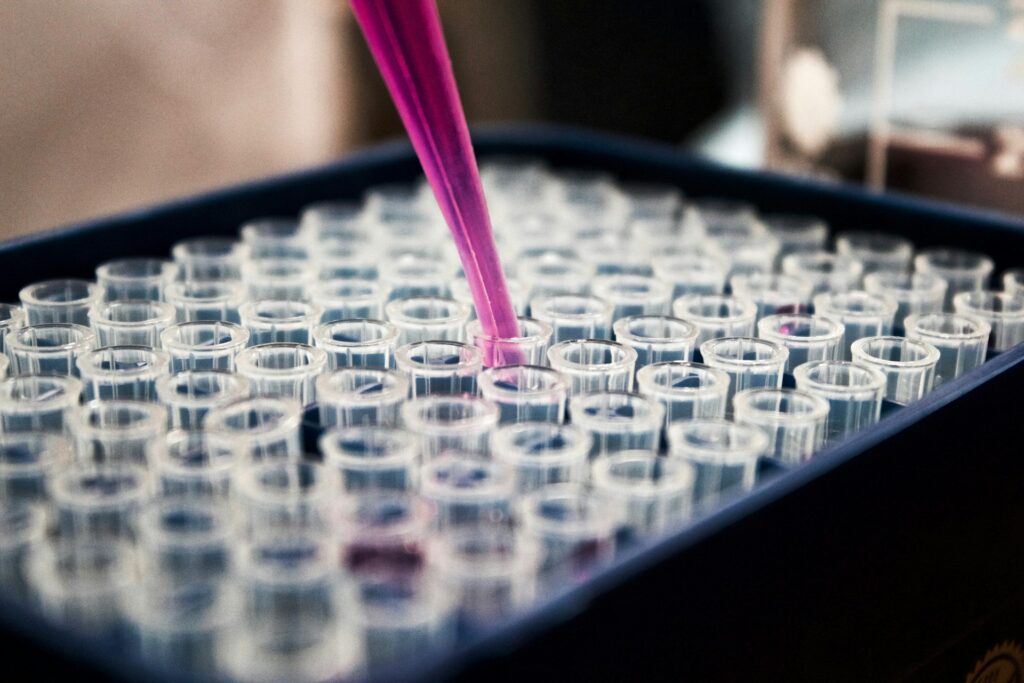
The Internet of Medical Things (IoMT) is a rapidly growing network of connected devices and applications that collect, analyze, and transmit health data. This technological advancement is transforming the healthcare landscape, enhancing patient care, and streamlining medical processes. In this blog post, we will explore what IoMT is, its benefits, and its impact on the healthcare industry.
What is the Internet of Medical Things (IoMT)?
The Internet of Medical Things (IoMT) refers to a connected infrastructure of medical devices, software applications, and healthcare systems that communicate with each other over the internet. These devices range from wearable fitness trackers to sophisticated medical implants, all designed to monitor and report on various health metrics in real time.
Key Components of IoMT
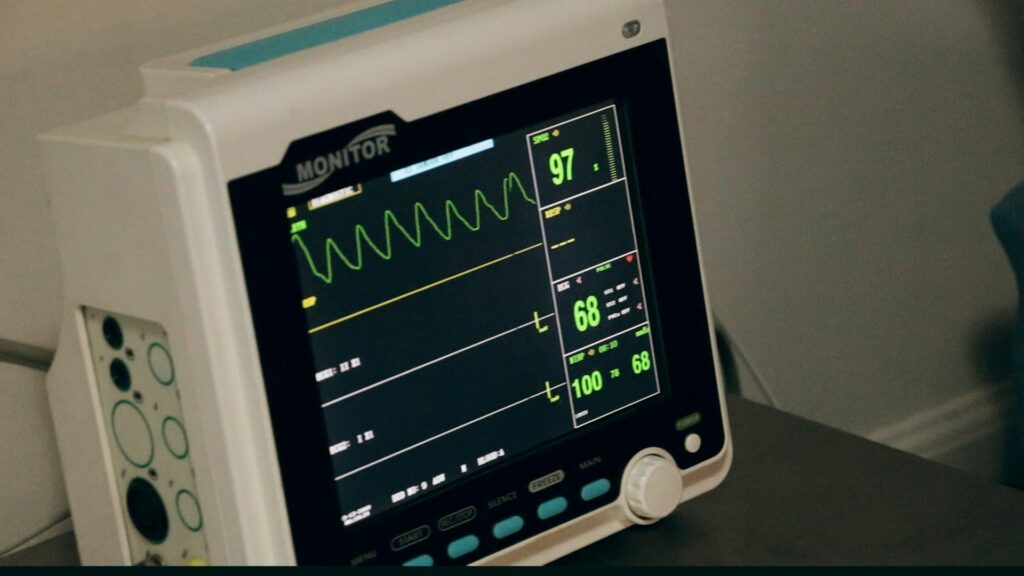
- Wearable Devices
Wearable devices such as smartwatches, fitness trackers, and biosensors are some of the most common components of IoMT. These devices monitor vital signs, physical activity, and other health metrics, providing valuable data for both patients and healthcare providers.
- Remote Patient Monitoring
Remote patient monitoring (RPM) devices allow healthcare providers to track patients’ health data remotely. These devices are particularly beneficial for managing chronic conditions, reducing hospital visits, and providing continuous care.
- Smart Medical Equipment
Smart medical equipment, including connected inhalers, glucose monitors, and insulin pumps, provide real-time data on patients’ conditions and medication usage. This helps in timely interventions and personalized treatment plans.
- Telemedicine Platforms
Telemedicine platforms integrate with IoMT devices to offer virtual consultations and remote diagnostics. This enables patients to receive medical care without the need for in-person visits, improving accessibility and convenience.
Benefits of IoMT

- Enhanced Patient Care
IoMT improves patient care by enabling continuous monitoring and early detection of potential health issues. Real-time data allows healthcare providers to make informed decisions and provide timely interventions, reducing the risk of complications.
- Improved Efficiency
IoMT streamlines healthcare processes by automating data collection and analysis. This reduces the administrative burden on healthcare providers and allows them to focus more on patient care. Automated alerts and reminders also help in ensuring medication adherence and timely medical check-ups.
- Cost Savings
The adoption of IoMT can lead to significant cost savings for both patients and healthcare providers. Remote monitoring and telemedicine reduce the need for hospital visits and admissions, lowering healthcare costs. Additionally, early detection and management of health conditions can prevent expensive emergency treatments.
- Data-Driven Insights
IoMT generates vast amounts of data that can be analyzed to gain valuable insights into patient health trends and treatment outcomes. This data-driven approach enables personalized medicine, improves treatment efficacy, and enhances overall healthcare quality.
Challenges and Considerations
- Data Security and Privacy
With the increasing amount of health data being collected and transmitted, ensuring data security and privacy is a major concern. Implementing robust cybersecurity measures and complying with regulations such as HIPAA (Health Insurance Portability and Accountability Act) are essential to protect patient information.
- Interoperability

Interoperability between different IoMT devices and healthcare systems is crucial for seamless data exchange. Standardizing protocols and ensuring compatibility between devices from different manufacturers can help achieve better integration and functionality.
- Technology Adoption
Adopting new technologies can be challenging for both patients and healthcare providers. Providing adequate training and support, along with demonstrating the benefits of IoMT, can facilitate smoother adoption and utilization of these technologies.
- The Future of IoMT
The future of IoMT is promising, with continuous advancements in technology and increasing adoption in healthcare. Innovations such as artificial intelligence (AI) and machine learning (ML) are expected to further enhance IoMT capabilities, enabling predictive analytics and more precise medical interventions. As IoMT continues to evolve, it will play a crucial role in shaping the future of healthcare, making it more connected, efficient, and patient-centric.
Conclusion
The Internet of Medical Things (IoMT) is revolutionizing the healthcare industry by providing enhanced patient care, improving efficiency, and reducing costs. As technology continues to advance, IoMT will become an integral part of healthcare, offering innovative solutions and transforming the way we manage health and wellness. By embracing IoMT, we can look forward to a future where healthcare is more accessible, personalized, and efficient.
